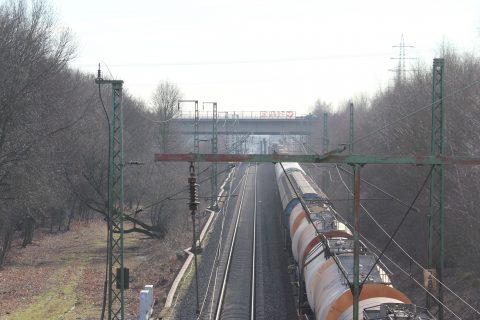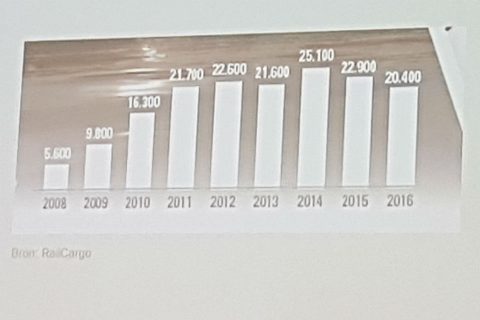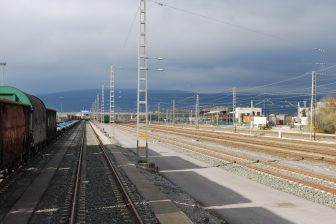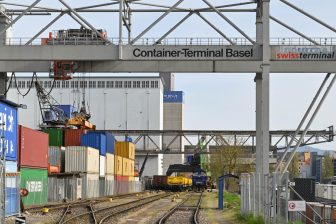
Second consecutive year of traffic decline on Dutch Betuweroute
A further decline of freight traffic on the Dutch Betuweroute to Germany was observed in 2016. It was the second consecutive year in which the number of freight trains decreased. Where 25,100 trains passed the dedicated freight line in 2014, these were 22,900 in 2015 and 20,400 in 2016, the lowest number in the past six years. Construction work on the connection to Oberhausen is cited as the main reason for the decline.
The dedicated rail freight corridor was opened ten years ago, reason for analysts to shine light on the short history of the 172 kilometer railway. At the Railway Conference held in Tiel (the Netherlands) on Thursday, the future of the Betuweroute was one of the central themes. Despite two years of decline, the line has a lot of potential, said Steven Lak, chairman of evofenedex and Deltalinqs.
Decline 2016
Since the opening in 2011, the number of trains grew steadily with around 5,000 a year and reached a peak in 2014. However, construction work on the ‘third line’, or the connection between Zevenaar in the Netherlands and Oberhausen in Germany led to closures of some parts of the corridor in 2015-2016.

Number of freight trains per year on Betuweroute. Source: RailCargo
Especially last year witnessed a consirable number of closures. Freight trains were diverted to the Brabantroute (Eindhoven-Venlo) or via Bad Bentheim. Due to these divertions, freight traffic to and from Germany using the Betuweroute only accounted for 37 per cent of all freight trains crossing the Dutch border in 2016. A year earlier, the line had accounted for 45 per cent of this total.
Prospects
Despite these drawbacks, the future is looking bright. Once the connection with Germany is completed, the Betuweroute can grow again, Dutch infrastructure manager ProRail said. Expected is that between 34,500-37,500 trains will travel along the corridor in 2025. These volumes should reach between 37,000-43,000 in 2030. For this prognosis, the anticipated decline in the transport of raw materials is taken into account.
The Netherlands is the only European country with a dedicated freight line. Especially for the transport of chemicals this is a good alternative, as the corridor does not cross cities and is not interrupted by any crossings. But for any freight traffic rail is an excellent alternative, because it takes off traffic of the road, ProRail pointed out. In the short run, growth may not materialise, though. Ongoing construction works are expected to cause more diversions and reduce capacity on the line.





